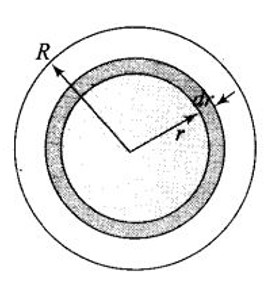-
Engineering and Architecture
Exams
Colleges
Predictors
Resources
-
Computer Application and IT
Quick Links
Colleges
-
Pharmacy
Colleges
Resources
-
Hospitality and Tourism
Colleges
Resources
Diploma Colleges
-
Competition
Other Exams
Resources
-
School
Exams
Top Schools
Products & Resources
-
Study Abroad
Top Countries
Resources
-
Arts, Commerce & Sciences
Colleges
Upcoming Events
Resources
-
Management and Business Administration
Colleges & Courses
Predictors
-
Learn
Law Preparation
MBA Preparation
Engineering Preparation
Medical Preparation
-
Online Courses and Certifications
Top Streams
Specializations
- Digital Marketing Certification Courses
- Cyber Security Certification Courses
- Artificial Intelligence Certification Courses
- Business Analytics Certification Courses
- Data Science Certification Courses
- Cloud Computing Certification Courses
- Machine Learning Certification Courses
- View All Certification Courses
Resources
-
Medicine and Allied Sciences
Colleges
Predictors
Resources
-
Law
Resources
Colleges
-
Animation and Design
Exams
Predictors & Articles
Colleges
Resources
-
Media, Mass Communication and Journalism
Colleges
Resources
-
Finance & Accounts
Top Courses & Careers
Colleges
Get Answers to all your Questions


Consider a sphere of radius R with charge density distributed as
(a) Find the electric field at all points r.
(b) Suppose the total charge on the sphere is 2e where e is the electron charge. Where can two protons be embedded such that the force on each of them is zero? Assume that the introduction of the proton does not alter the negative charge distribution.
Answers (1)
Explanation:-
a) The charge density distribution expression in the sphere tells that the electric field is radial.

Let us consider a sphere S of radius R and two hypothetic spheres of radius and
.
Let us first consider for point , electric field intensity will be given by,
Here
We get
As charge density is positive, it means the direction of E is radially outwards.
Now consider points , electric field intensity will be given by
Which gives
Here, the charge density is also positive. So, the direction of E is radially outward.
(b) The two protons must be placed symmetrically on the opposite sides of the center along a diameter. This can be shown by
the figure given below. Charge on the sphere,
|
|
 |
The proton 1 and 2 are embedded at distance r from the center of the sphere as shown, then attractive force on proton 1 due to charge
distribution is
and repulsive force on proton 1 due to proton 2 is
The net force on proton 1,
Thus, the net force on proton 1 will be zero, when
Hence, the protons must be at a distance from the center.
Similar Questions
- 100 g of liquid A (molar mass 140 g mol^-1) was dissolved in 1000 g of liquid B (molar mass 180 g mol^-1).The vapour pressure of pure liquid B was found to be 500 torr.
- 100 turn rectangular coil ABCD (in X-Y plane) is hung from one arm of a balance (shown in figure). A mass 500 g is added to the other arm to balance the weight of the coil.
- 100m long antenna is mounted on a 500m tall building The complex can become a transmission tower for waves with λ (a) ~ 400 m (b) ~ 25 m (c) ~ 150 m (d) ~ 2400 m

